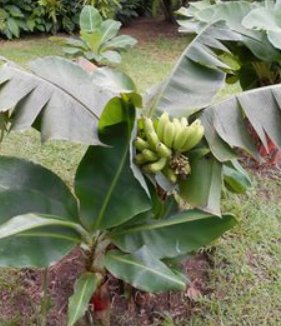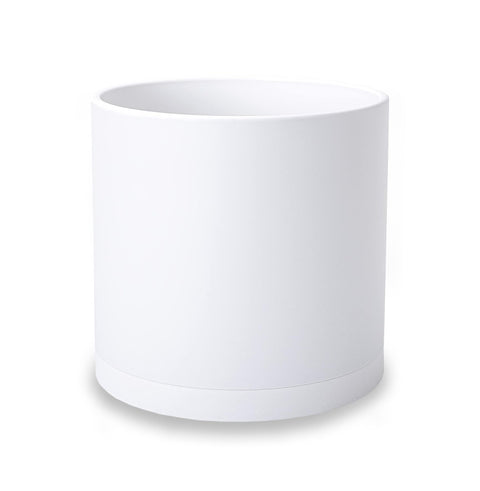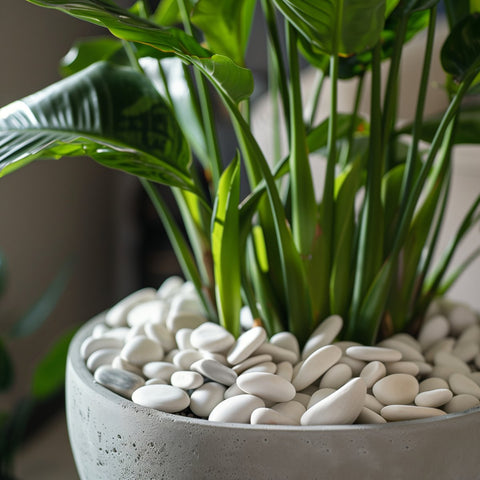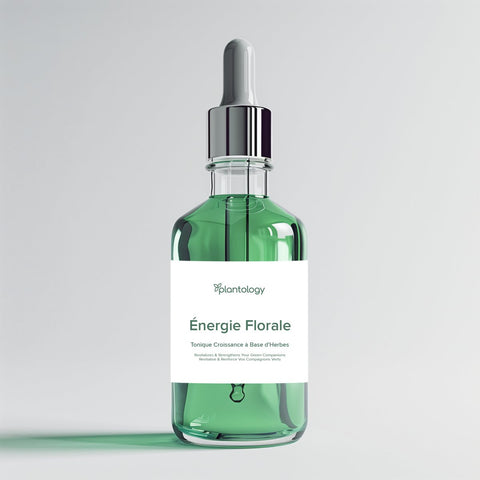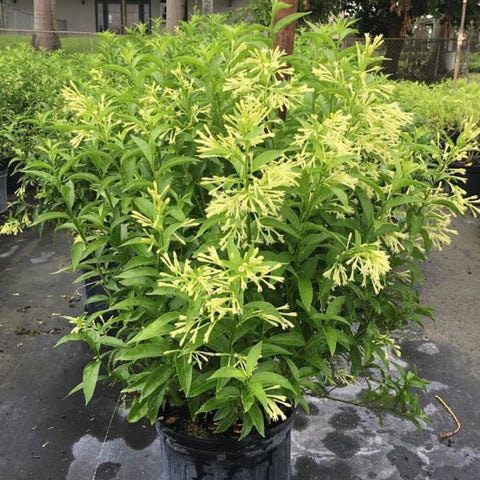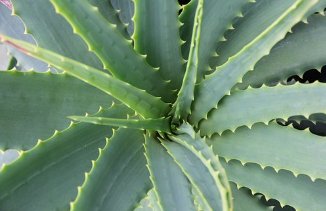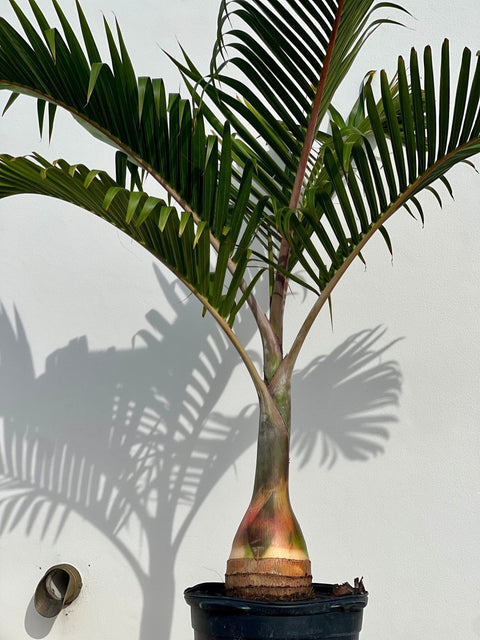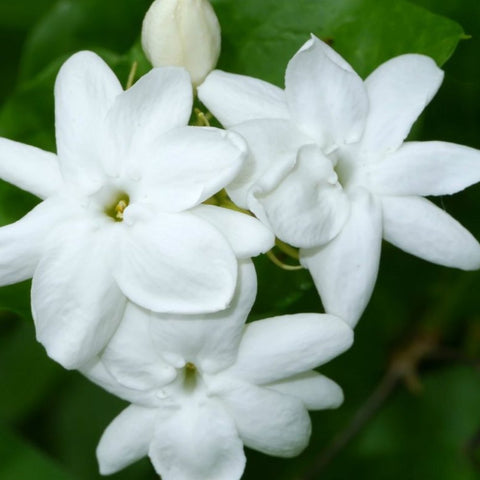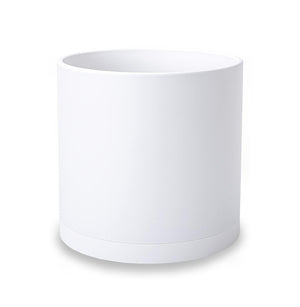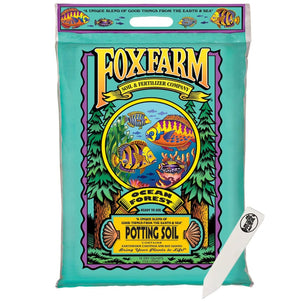Growing & Care Tips
Banana Super Dwarf Cavendish: A Compact and Delicious Fruit-Bearing Plant
Looking for a compact fruit-bearing plant that can thrive in small spaces? Look no further than the Banana Super Dwarf Cavendish! This plant is a miniature version of the classic Cavendish banana, and it's perfect for growing in containers or small gardens. Not only is it easy to care for, but it also produces delicious, sweet bananas that are perfect for snacking or baking.
How to Grow Banana Super Dwarf Cavendish
To grow Banana Super Dwarf Cavendish, you'll need a sunny spot with well-draining soil. This plant prefers warm temperatures and high humidity, so it's best to keep it in a greenhouse or indoors if you live in a cooler climate. Plant your banana in a container that's at least 12 inches wide and 12 inches deep, and make sure it has drainage holes. Water your plant regularly, and fertilize it every two weeks with a balanced fertilizer.
Care Tips for Banana Super Dwarf Cavendish
Banana Super Dwarf Cavendish is a low-maintenance plant, but it does require some care to thrive. Keep the soil moist but not waterlogged, and make sure the plant gets plenty of sunlight. If you notice any yellowing leaves, remove them to prevent the spread of disease. You can also prune your banana plant to keep it compact and encourage fruit production.
Uses for Banana Super Dwarf Cavendish
The fruit of the Banana Super Dwarf Cavendish is delicious and versatile. You can eat it fresh, use it in smoothies or baked goods, or even freeze it for later use. This plant is also a great conversation starter and makes a unique addition to any garden or indoor space.
Planting Tips for Banana Super Dwarf Cavendish
When planting your Banana Super Dwarf Cavendish, make sure to choose a container that's large enough to accommodate the plant's root system. Use a well-draining potting mix, and make sure the container has drainage holes. Water your plant regularly, and fertilize it every two weeks with a balanced fertilizer.
Maintenance of Banana Super Dwarf Cavendish
To keep your Banana Super Dwarf Cavendish healthy and productive, make sure to water it regularly and fertilize it every two weeks. Prune your plant as needed to keep it compact and encourage fruit production. If you notice any yellowing leaves or signs of disease, remove them immediately to prevent the spread of infection.
Frequently asked questions
Growing a Banana Super Dwarf Cavendish plant can be a cost-effective option for indoor gardening, as long as you have the right conditions and care for the plant properly. This variety of banana plant is known for its compact size, making it ideal for growing in containers indoors. To ensure cost-effectiveness, start by choosing a sunny spot for your Banana Super Dwarf Cavendish plant, as it requires plenty of sunlight to thrive. Additionally, make sure to use well-draining soil and water the plant regularly to keep the soil moist but not waterlogged. Fertilize the plant every few weeks with a balanced fertilizer to promote healthy growth. Another cost-saving tip is to propagate your Banana Super Dwarf Cavendish plant through division, as this will allow you to expand your plant collection without having to purchase new plants. Additionally, regularly check for pests and diseases to prevent any costly damage to your plant. In conclusion, growing a Banana Super Dwarf Cavendish plant can be a cost-effective option for indoor gardening if you provide the right conditions and care for the plant properly. With proper sunlight, soil, water, and maintenance, you can enjoy fresh bananas from your indoor garden without breaking the bank. Remember to propagate your plant and monitor for pests to keep costs down and your plant healthy.
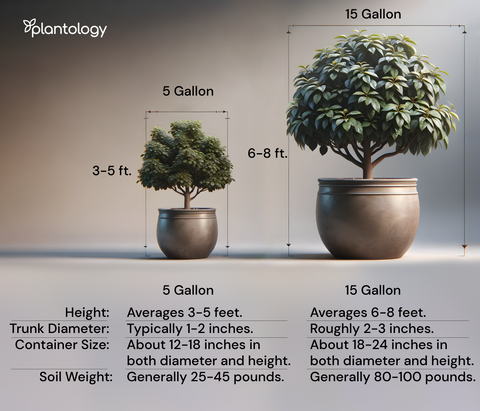
Free Shipping Over $150
Only $12 flat rate on orders under $150
Healthy Arrival Guarantee
Plants arrive healthy or we replace them free

